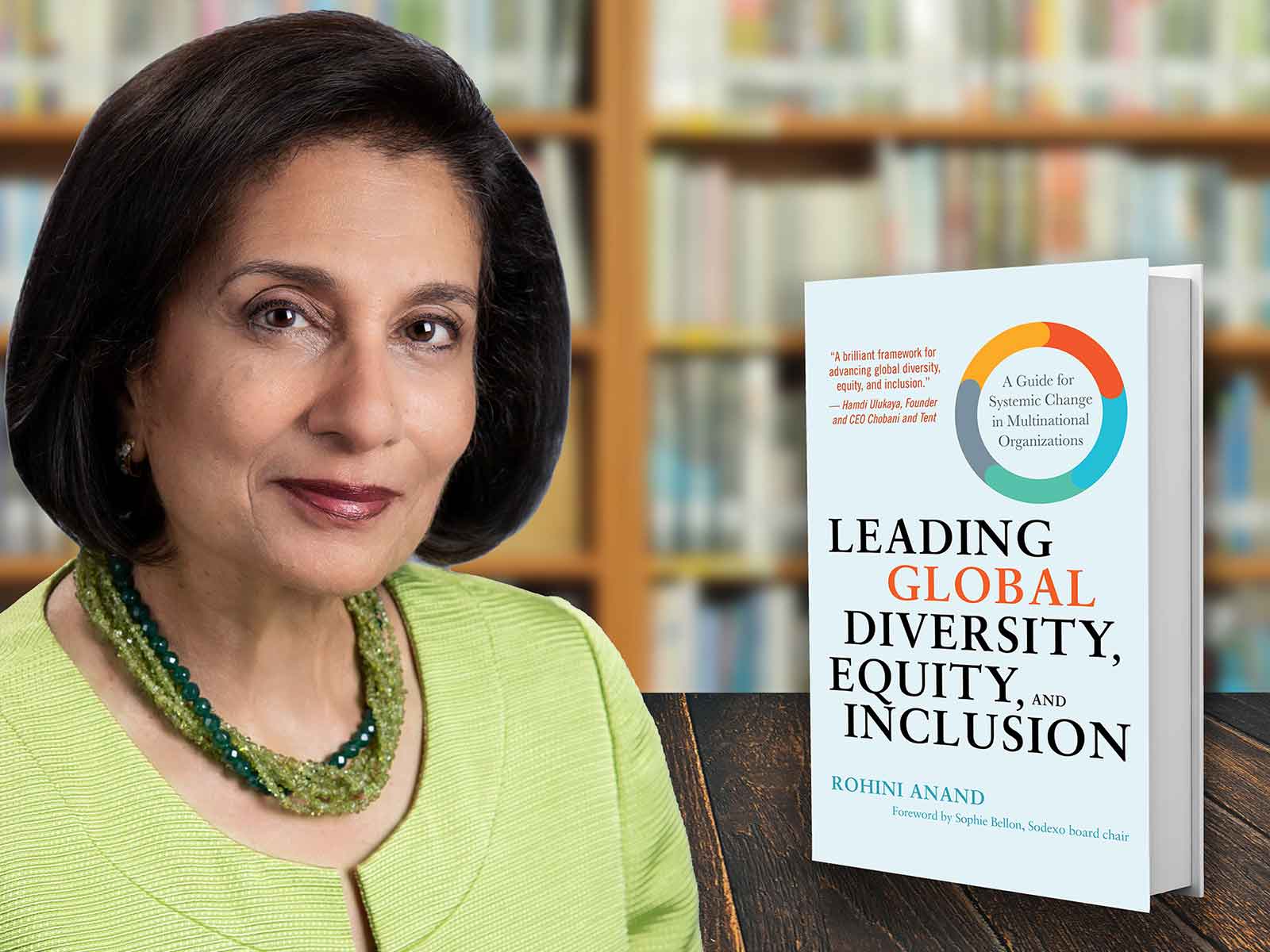By Rohini Anand

According to The Economist, a global recession is “inevitable” in 2023.1
During times of economic downturn, not only are DEI budgets likely to be cut, but research shows that underrepresented groups are historically the first to be let go and the last to be rehired.2 Permanent employees are being replaced with part-time and contract workers, who may not enjoy the same access to health care and other benefits, risking a two-tier system that no longer nurtures underrepresented high potential talent. There is a very real danger that the progress made over the past 30 years in diversifying talent pipelines and building inclusive organizational cultures will be lost.
With budget cuts and layoffs looming, what should DEI practitioners and allies be doing to protect precious gains made over the past few decades? How do we keep DEI front and center in the face of competing priorities?
1. Make DEI Indispensable to the Business
The more our DEI strategies are aligned with the business and mission, the more central DEI will be to business growth and brand. DEI practitioners need to stay attuned to organizational priorities and find opportunities to communicate DEI’s relevance.
One way to do this is to track and quantify DEI’s contributions to the business. For example, as Sodexo built a global reputation as an inclusive organization, the clients took notice. They started asking for our assistance with their DEI efforts. Sodexo’s white male managers saw DEI as a way to access clients’ senior leadership. They saw it as a competitive advantage and a way to build client relationships. DEI became a driver for business growth. My team touched over $1 Billion worth of business each year through DEI by providing access, sales presentations and more.
DEI can be the very thing that pulls businesses out of an economic slump. It can be a differentiator, making the business more attractive to clients, consumers and the best talent. It is up to DEI teams to demonstrate added value in the face of tough financial choices.
2. Build Alliances with Business Partners
Listening to colleagues in different parts of the business can ensure that DEI priorities remain relevant. DEI can even streamline or enhance business partner efforts in a time when everyone is facing cutbacks. For example, if a business partner’s challenge is sourcing STEM talent to meet their growth objectives, the DEI team can partner with external organizations to source women and other underrepresented STEM talent. By sourcing high potential STEM employees, you not only advance your DEI objectives, but address the needs of your business partner. Chances are that they will be a DEI ally and support your priorities during economic downturns – and support by business partners is critical at such times.
3. Focus In and Let Go
Budget cuts make it essential to cut back on what we are doing. So how can we make the most strategic decisions about what to drop and what to focus on? What are the biggest barriers that need addressing? Where can we have the greatest impact? What are we solving for? How can we demonstrate impact?
This information is key to identifying the most salient pressure points and resisting the temptation to spread ourselves too thin. For example, if you have been looking at advancement of women in general, what happens when you disaggregate your data by job function? Are the main challenges in Profit and Loss and operations roles? If so, focus here and identify and address the barriers to their progression.
The more focused, specific, intentional and informed our DEI strategies are, the more effective they can be and the easier to demonstrate their impact. And when others see impact, they are faster to come on board and provide resources to support us.
4. Embed DEI into Existing Processes and Initiatives
Rather than new initiatives, focus on where you can embed DEI into existing processes and leadership practices. For example, if a corporate responsibility initiative focuses on community health and wellbeing, add the DEI lens and start addressing healthcare disparities and building trust in communities of color to positively impact health outcomes. Internally, rather than create a separate inclusive leadership skills development initiative, partner to integrate inclusive leadership competencies into existing programs. Partnering in this way also strengthens DEI in the long run by mainstreaming a DEI mindset into systems and processes within the organization.
5. Leverage Employee Resource Groups
Employee Resource Groups (ERG) often operate in silos. With tightening budgets, this is an opportunity for ERGs to work intersectionally. In one organization, ERGs for military veterans and for people with disabilities co-hosted their annual event by bringing in a keynote veteran with a disability – they leveraged synergies, shared learnings and maximized resources. As we are all intersectional beings, finding opportunities for ERGs to collaborate meaningfully will go a long way to further embedding an inclusive culture.
ERGs are home to DEI champions – they are often the ones mainstreaming DEI efforts and embedding a DEI mindset into the DNA of organizations. Recognize and celebrate their contributions to prevent burnout and encourage more people to engage and to sustain the momentum.
6. Apply a DEI lens to People Cuts
DEI and HR teams can play an invaluable role in ensuring that layoffs, short-term contracts and reduction of hours are not disproportionately impacting underrepresented talent. Tracking the data and encouraging decision-makers to continuously check their decisions is key to mitigating the adverse impact on equality.
7. Nurture your Team
Lastly, budget cuts can mean a reduction in bonuses, incentives and too few staff to do the work. Ensure that your team continues to access learning opportunities and get them involved in projects that will stretch and grow them. Pay attention to their work life balance and calibrate their workload with realistic expectations. Ask them how they would like to be recognized and find ways to make that happen.
An economic downturn is stressful. It is a time of uncertainty and disruption. Competition among groups and resentments can fester. But it can also be an opportunity to strengthen our work, to trim away what is less effective, and to further embed DEI in the core mission, systems and processes of an organization for lasting change.
Endnotes
- Zanny Minton Beddoes “Why a global recession is inevitable in 2023” – The Economist, Nov 18th 2022
- David Rice “Workplace Fairness Trends to Watch in 2023” – DiversityInc Best Practices

Rohini Anand
Rohini Anand is a pioneer of DEI, an author, and Senior Diversity, Equity and Inclusion Advisor, Rohini Anand LLC. She also serves as a senior fellow for The Conference Board, a global non-profit think tank. She previously served as Senior Vice President of Corporate Responsibility and Global Chief Diversity officer for Sodexo.






